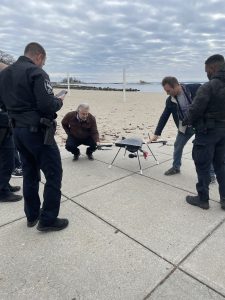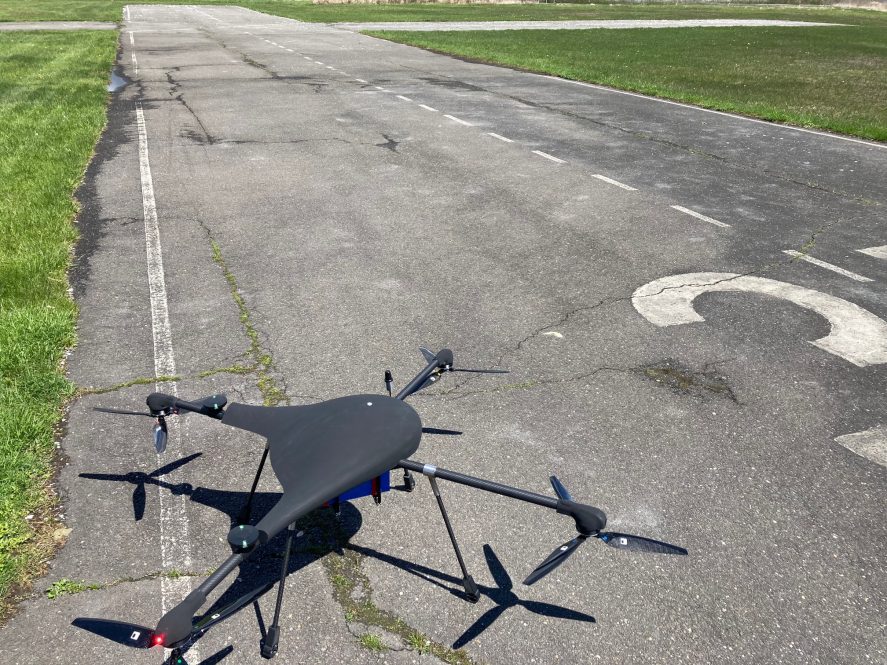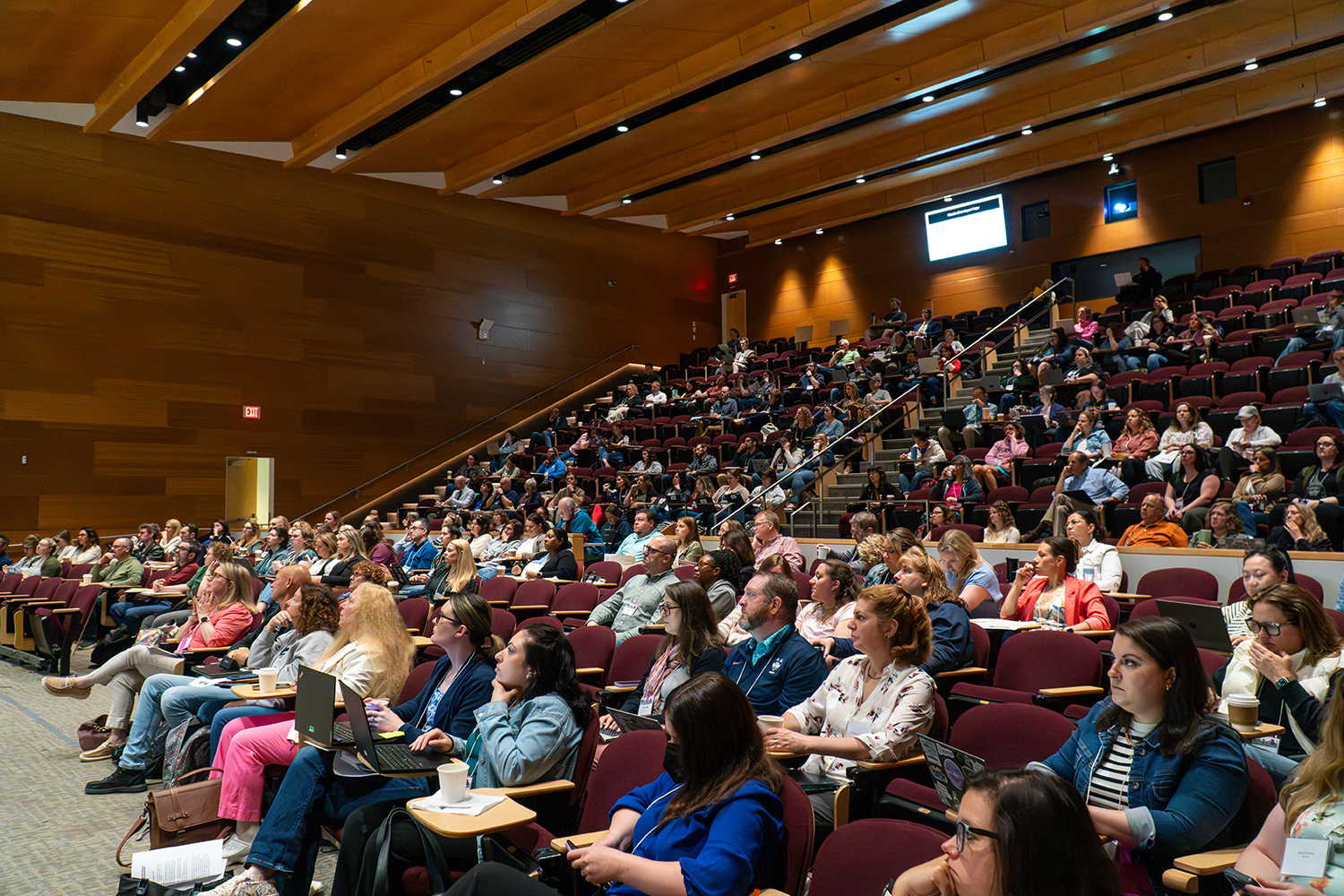WaveAerospace, a company within the TIP Digital ecosystem in Stamford has been in stealth for years, developing a new Class of efficient, all-weather unmanned aircraft. Now, they have four products available.
WaveAerospace’s multirotor and winged unmanned aerial systems (“UAS”), commonly known as drones, are designed to fly in heavy weather conditions such as intense wind, rain, or snow.
By utilizing new intellectual property (IP), control, and sensor systems, WaveAerospace’s products are not only more efficient than other similarly sized aircraft, but can fly in weather conditions that keep other UAS on the ground.
The WaveAerospace’s Falcon II, Huntress Electric Jet, Huntress Turbojet, and Mule are available for pre-order, with production of the Falcon II commercially scaling now.
WaveAerospace is already responding to worldwide demand, and Steven Bofill, WaveAerospace co-founder with Mark Strauss, says requests for the aircraft continue to accelerate.
“There is a lot of interest,” Bofill says.
Typical quadcopters, UAS with four rotors, cannot reliably operate in wind speeds above 30 knots and are rarely suited to fly in bad weather. WaveAerospace’s Falcon II, for example, can fly over 80 knots in winds as high as 60 knots in storms and heavy rain. This ability, along with other advancements in its flight time, payload capacity, speed, and range, put the Falcon II and WaveAerospace’s other aircraft well beyond the capabilities of anything else on the market. Their Huntress Turbojet, due to begin delivery later next year, can fly as fast as 300 knots.
WaveAerospace’s aircraft are particularly useful for law enforcement, who often need to perform search and rescue operations in hazardous conditions. As well as Coast Guard and offshore services.
In January, WaveAerospace received a call from the Greenwich Police Department asking for help searching for a plane that had crashed at Westchester County Airport. The Falcon II was the only aircraft able to fly that night.

“We can fly when other aircraft cannot,” Bofill says. “Police and emergency services should not have to check the weather to be able to fly a drone, particularly in an emergency.”
There are a lot of drone companies out there, but when you peel back the layers, most are essentially software companies. They design new software to use in existing commercially available drone platforms. This severely limits the aircraft’s ability to fly 24/7 and in poor weather when they are needed most.
What makes WaveAerospace’s drones so different from other aircraft is that they are designed from the ground up with performance and efficiency in mind, along with unique IP that further give the aircraft an edge and a flight envelope (the aircraft’s overall performance capabilities) unmatched in the industry.
WaveAerospace joined TIP in 2019. Since then, the company has expanded dramatically, growing its staff, products, and customer base.
“A lot of very exciting things are happening, and TIP really helped us get going,” Bofill says. “TIP helped us when we were two guys in an office.”
Bofill says the startup ecosystem in Connecticut, beyond TIP, has also supported their development, connecting them with resources to help grow and potential collaborations.
“The whole Connecticut network has been really helpful to us, and having all those resources at hand is extremely valuable, and we genuinely appreciate it,” Bofill.
WaveAerospace recently demonstrated the Huntress Electric Jet for the US Coast Guard in New London. The Huntress Turbojet, a hybrid fuel-electric UAS, will be commercially available next year and is available for pre-sale. With a flight time of two hours and a top speed of Mach 0.4, nearly 300 miles per hour, it is expected to define a new Class in the aerospace industry.
So far, WaveAerospace’s aircraft have primarily been built for military intelligence, surveillance, reconnaissance, and law enforcement. But the aircraft have many more yet-untapped applications like examining powerlines during and after storms.
WaveAerospace is looking to open a larger manufacturing facility at an airport in the near future. They have outgrown their small facility in Greenwich, as with the increase in demand, the company is scaling up production and hiring new engineers.
“We’ve accomplished so much in the past few years,” Bofill says. “We now have revolutionary aircraft and UAS that the market is telling us there is a huge demand for.”



